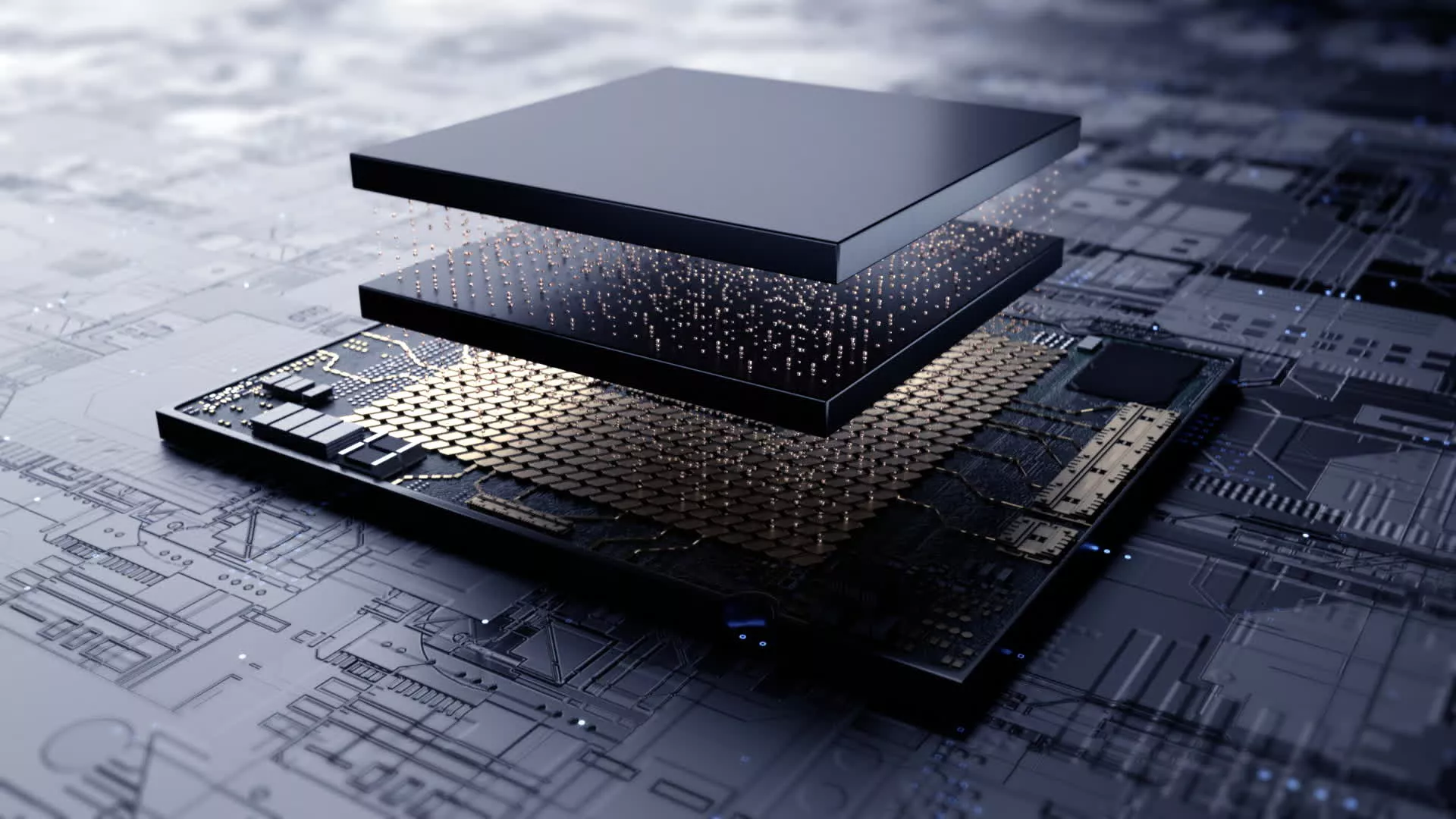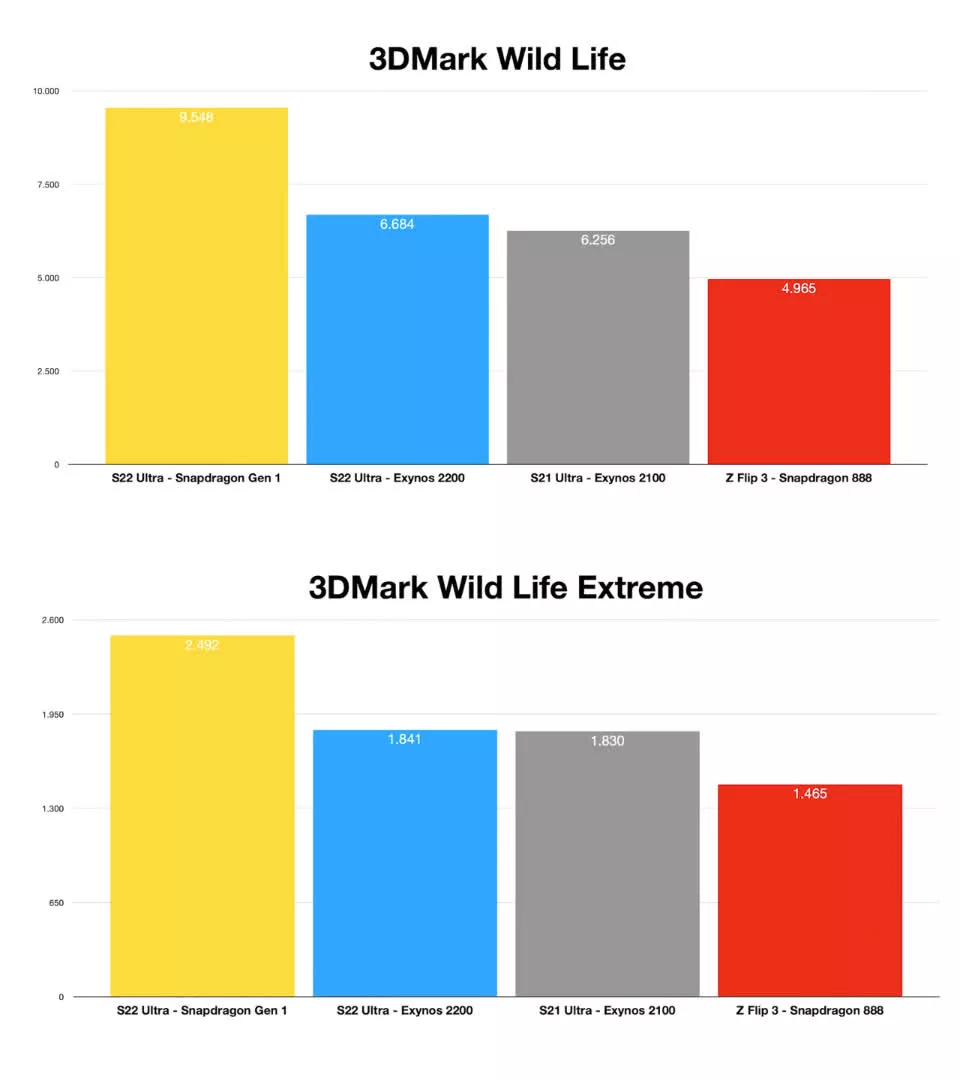What just happened? Samsung has just signed a multi-year agreement extension with AMD to continue bringing team red's RDNA graphics solutions to smartphones via Samsung's Exynos SoCs. The partnership hasn't exactly been a massive success over the last four years, but the Korean giant isn't losing faith in what AMD can offer.

There was a lot of excitement in 2019 when AMD and Samsung announced that they were teaming up for a multi-year strategic partnership that would see Samsung license AMD's RDNA graphics IP for use in mobile applications.
The partnership resulted in the RDNA 2-powered Xclipse 920 GPU, which arrived with the promise of bringing hardware-accelerated ray tracing and variable rate shading to mobile devices. It was part of the Exynos 2200, the first mobile system-on-a-chip to feature AMD's RDNA 2 graphics architecture.
Unfortunately, the hype was deflated after it was discovered that European-focused Galaxy S22 Ultra models that feature the Exynos 2200 SoC performed significantly worse than the Qualcomm variant in GPU stress tests. A Turkish reviewer found that in the 3D Mark Wild Life benchmark, the Xclipse 920 GPU lagged behind the Adreno 730 GPU in the Snapdragon 8 Gen 1 by 42%.
It had long been the case that Snapdragon-powered versions of Samsung's phones performed better than the Exynos variants; there was even a petition for the company to stop making the latter in 2020. Consumers got their wish with the Galaxy S23 series, which uses the Qualcomm Snapdragon 8 Gen 2 exclusively worldwide.
Despite the less-than-successful partnership so far, Samsung has extended the licensing deal for an unspecified number of years. The company says it will bring console-level graphics quality and optimized power consumption to more mobile devices, offering an incredibly immersive and long-lasting gaming experience.
"Together with AMD, Samsung has been revolutionizing mobile graphics, including our recent collaboration that brought ray tracing capability to mobile processors for the first time in the industry," said Seogjun Lee, executive vice president of Application Processor (AP) Development at Samsung Electronics. "Drawing on our technological know-how in designing ultra-low-power solutions, we will continue to drive ongoing innovation in the mobile graphics space."
It's likely that Samsung will now focus on integrating AMD's RDNA 3 graphics architecture into its mobile products. Hopefully, the work will prove more successful than previous efforts.
https://www.techspot.com/news/98212-samsung-extends-mobile-chip-partnership-amd-despite-past.html
